
How to Use IRF3205: Examples, Pinouts, and Specs
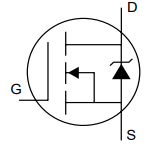
 Design with IRF3205 in Cirkit Designer
Design with IRF3205 in Cirkit DesignerIntroduction
The IRF3205 is an N-channel MOSFET manufactured by International Rectifier (Part ID: IRF). It is designed for high-speed switching applications and offers low on-resistance (RDS(on)) and high current handling capabilities. These features make it ideal for use in power management, motor control circuits, DC-DC converters, and other high-efficiency switching applications.
Explore Projects Built with IRF3205
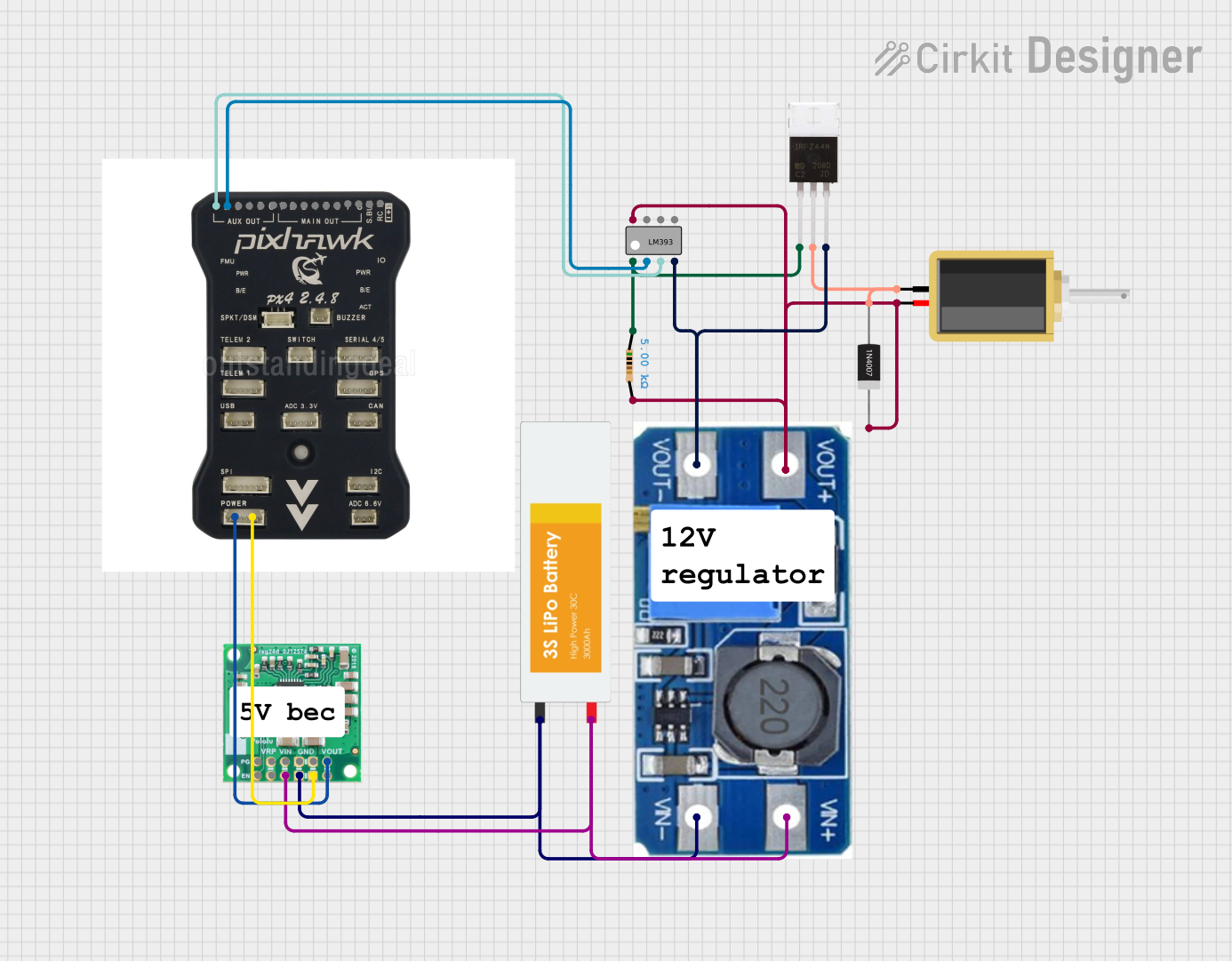
 Open Project in Cirkit Designer
Open Project in Cirkit Designer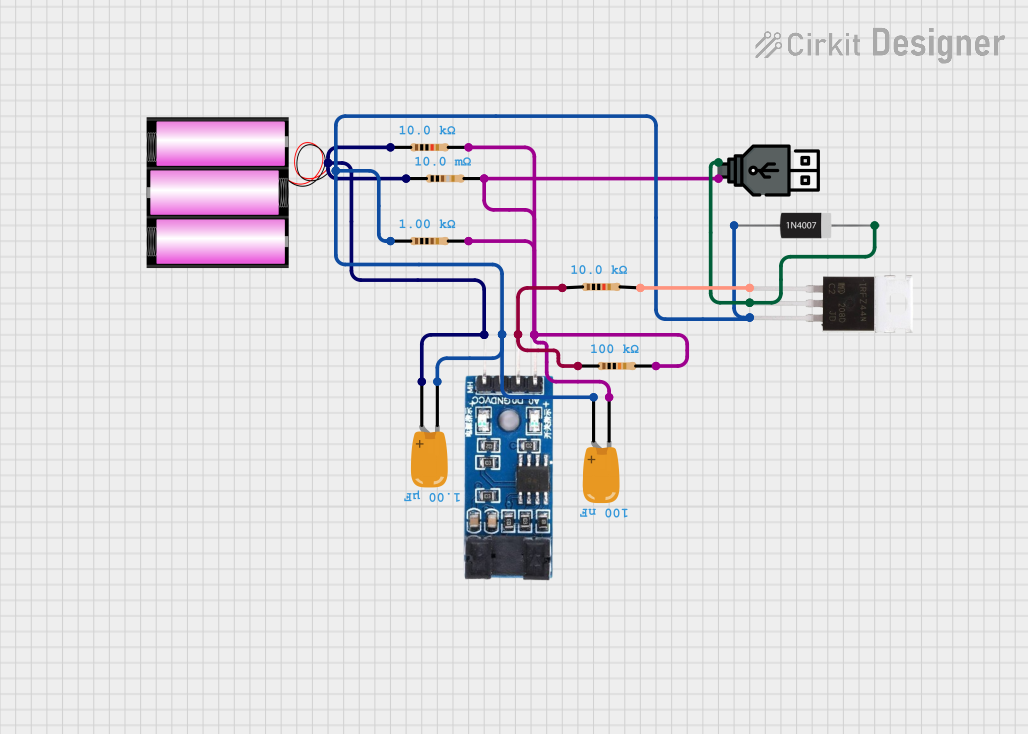
 Open Project in Cirkit Designer
Open Project in Cirkit Designer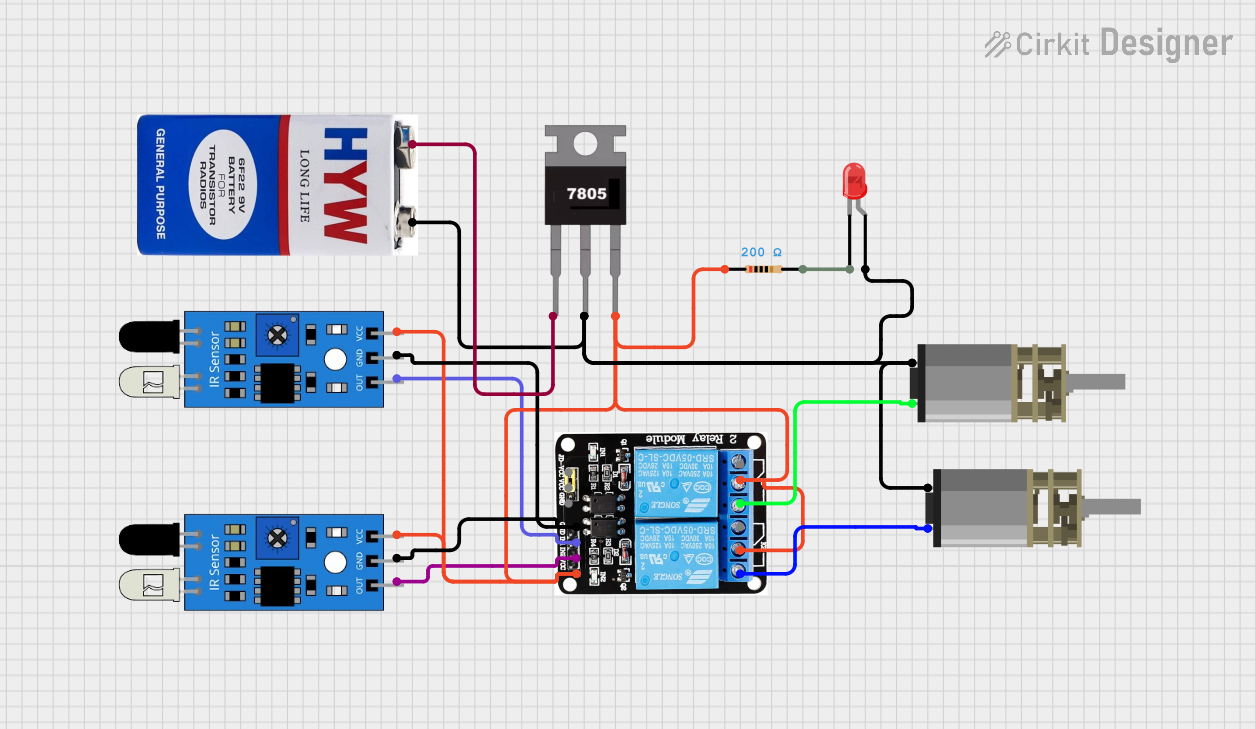
 Open Project in Cirkit Designer
Open Project in Cirkit Designer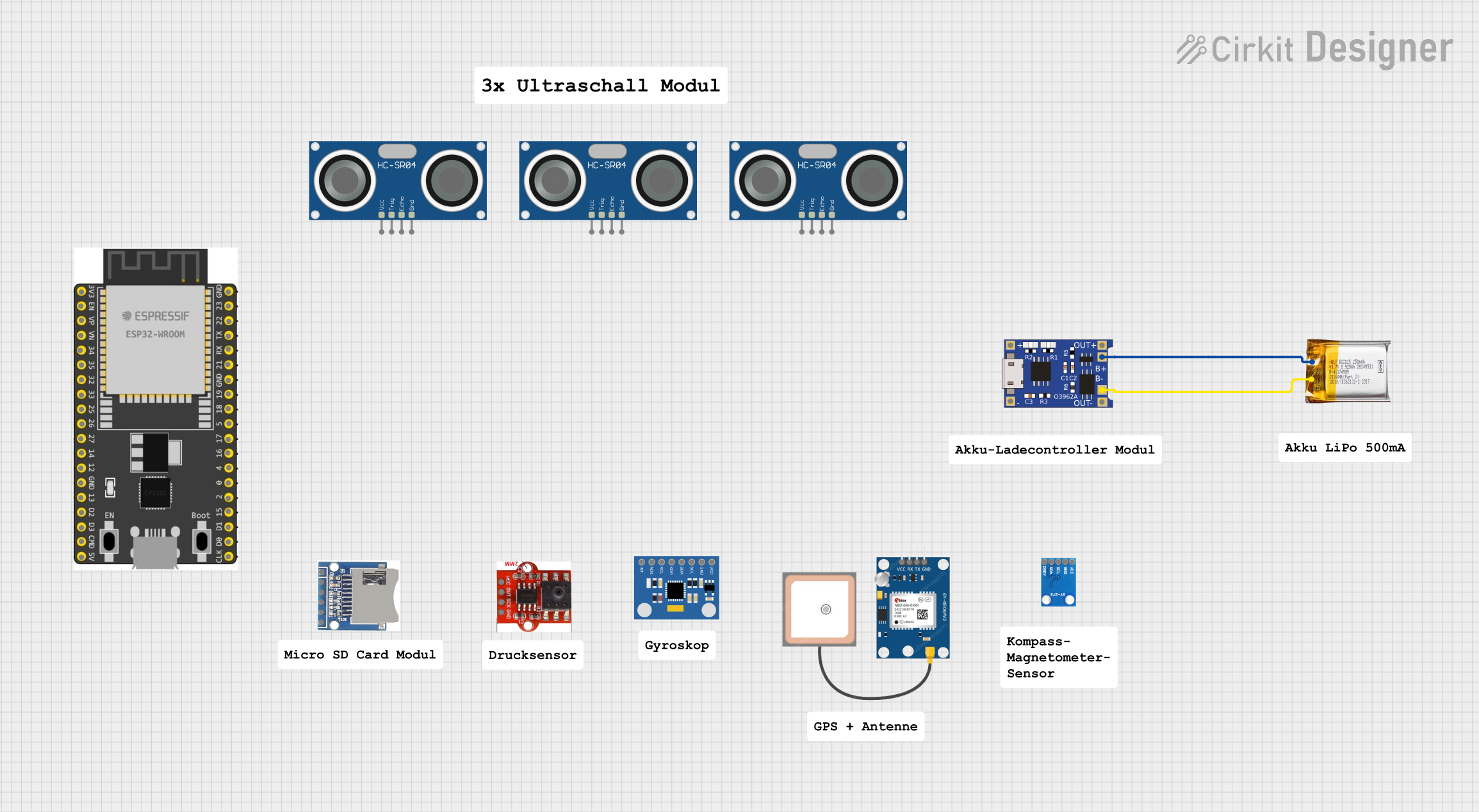
 Open Project in Cirkit Designer
Open Project in Cirkit DesignerExplore Projects Built with IRF3205

 Open Project in Cirkit Designer
Open Project in Cirkit Designer
 Open Project in Cirkit Designer
Open Project in Cirkit Designer
 Open Project in Cirkit Designer
Open Project in Cirkit Designer
 Open Project in Cirkit Designer
Open Project in Cirkit DesignerCommon Applications
- Motor drivers for robotics and industrial automation
- DC-DC converters in power supply systems
- Battery management systems
- High-current switching in automotive electronics
- Inverters for renewable energy systems
Technical Specifications
The IRF3205 is a robust and efficient MOSFET with the following key specifications:
| Parameter | Value |
|---|---|
| Type | N-Channel MOSFET |
| Maximum Drain-Source Voltage (VDS) | 55V |
| Maximum Gate-Source Voltage (VGS) | ±20V |
| Continuous Drain Current (ID) @ 25°C | 110A |
| Pulsed Drain Current (IDM) | 390A |
| Maximum Power Dissipation (PD) | 200W |
| RDS(on) (at VGS = 10V, ID = 75A) | 8 mΩ |
| Gate Threshold Voltage (VGS(th)) | 2.0V - 4.0V |
| Operating Temperature Range | -55°C to +175°C |
| Package Type | TO-220 |
Pin Configuration
The IRF3205 is typically available in a TO-220 package with three pins. The pinout is as follows:
| Pin Number | Pin Name | Description |
|---|---|---|
| 1 | Gate (G) | Controls the MOSFET switching state |
| 2 | Drain (D) | Current flows from drain to source |
| 3 | Source (S) | Connected to ground or load return |
Usage Instructions
The IRF3205 is straightforward to use in a variety of circuits. Below are the steps and considerations for proper usage:
How to Use the IRF3205 in a Circuit
Gate Control:
- Apply a voltage between the Gate (G) and Source (S) to control the MOSFET. A voltage of 10V is recommended for full enhancement and minimal RDS(on).
- Use a gate resistor (e.g., 10Ω) to limit inrush current and prevent damage to the gate.
Drain-Source Connection:
- Connect the load between the Drain (D) and the positive supply voltage.
- Ensure the Source (S) is connected to ground or the return path of the circuit.
Heat Dissipation:
- Use a heatsink with the TO-220 package to manage heat dissipation, especially in high-current applications.
Protection:
- Add a flyback diode across inductive loads (e.g., motors) to protect the MOSFET from voltage spikes.
- Use a zener diode or TVS diode to protect the Gate from voltage surges exceeding ±20V.
Example: Using the IRF3205 with an Arduino UNO
The IRF3205 can be controlled by an Arduino UNO for switching applications. Below is an example of controlling a DC motor:
Circuit Connections
- Gate (G): Connect to an Arduino digital pin (e.g., D9) through a 220Ω resistor.
- Drain (D): Connect to one terminal of the motor.
- Source (S): Connect to ground.
- Motor: Connect the other terminal to the positive supply voltage.
- Flyback Diode: Place a diode (e.g., 1N4007) across the motor terminals to protect against voltage spikes.
Arduino Code
// Example: Controlling a DC motor with IRF3205 and Arduino UNO
const int motorPin = 9; // Pin connected to the Gate of IRF3205
void setup() {
pinMode(motorPin, OUTPUT); // Set motorPin as an output
}
void loop() {
digitalWrite(motorPin, HIGH); // Turn the motor ON
delay(2000); // Keep the motor ON for 2 seconds
digitalWrite(motorPin, LOW); // Turn the motor OFF
delay(2000); // Keep the motor OFF for 2 seconds
}
Best Practices
- Always ensure the Gate voltage is within the specified range (±20V).
- Use a proper heatsink to prevent overheating during high-power operation.
- Avoid exceeding the maximum ratings for voltage, current, and power dissipation.
Troubleshooting and FAQs
Common Issues and Solutions
MOSFET Overheating:
- Cause: Insufficient heatsinking or excessive current.
- Solution: Use a larger heatsink or reduce the load current.
MOSFET Not Switching:
- Cause: Insufficient Gate voltage.
- Solution: Ensure the Gate voltage is at least 10V for full enhancement.
Voltage Spikes Damaging the MOSFET:
- Cause: Inductive loads generating back EMF.
- Solution: Add a flyback diode across the load.
Gate Damage:
- Cause: Voltage spikes exceeding ±20V.
- Solution: Use a zener diode or TVS diode to protect the Gate.
FAQs
Q1: Can the IRF3205 be driven directly by a 5V microcontroller?
A1: While the IRF3205 can operate with a Gate voltage as low as 4V, it is recommended to use a Gate driver or a logic-level MOSFET for optimal performance when working with 5V logic.
Q2: What is the maximum current the IRF3205 can handle?
A2: The IRF3205 can handle up to 110A continuously at 25°C, but this requires proper heatsinking and thermal management.
Q3: Can the IRF3205 be used for AC switching?
A3: The IRF3205 is designed for DC applications. For AC switching, consider using a TRIAC or an IGBT.
Q4: How do I calculate the power dissipation of the IRF3205?
A4: Power dissipation can be calculated using the formula:
P = ID² × RDS(on).
For example, at ID = 50A and RDS(on) = 8mΩ, P = 50² × 0.008 = 20W.
By following these guidelines and best practices, the IRF3205 can be effectively used in a wide range of high-power applications.